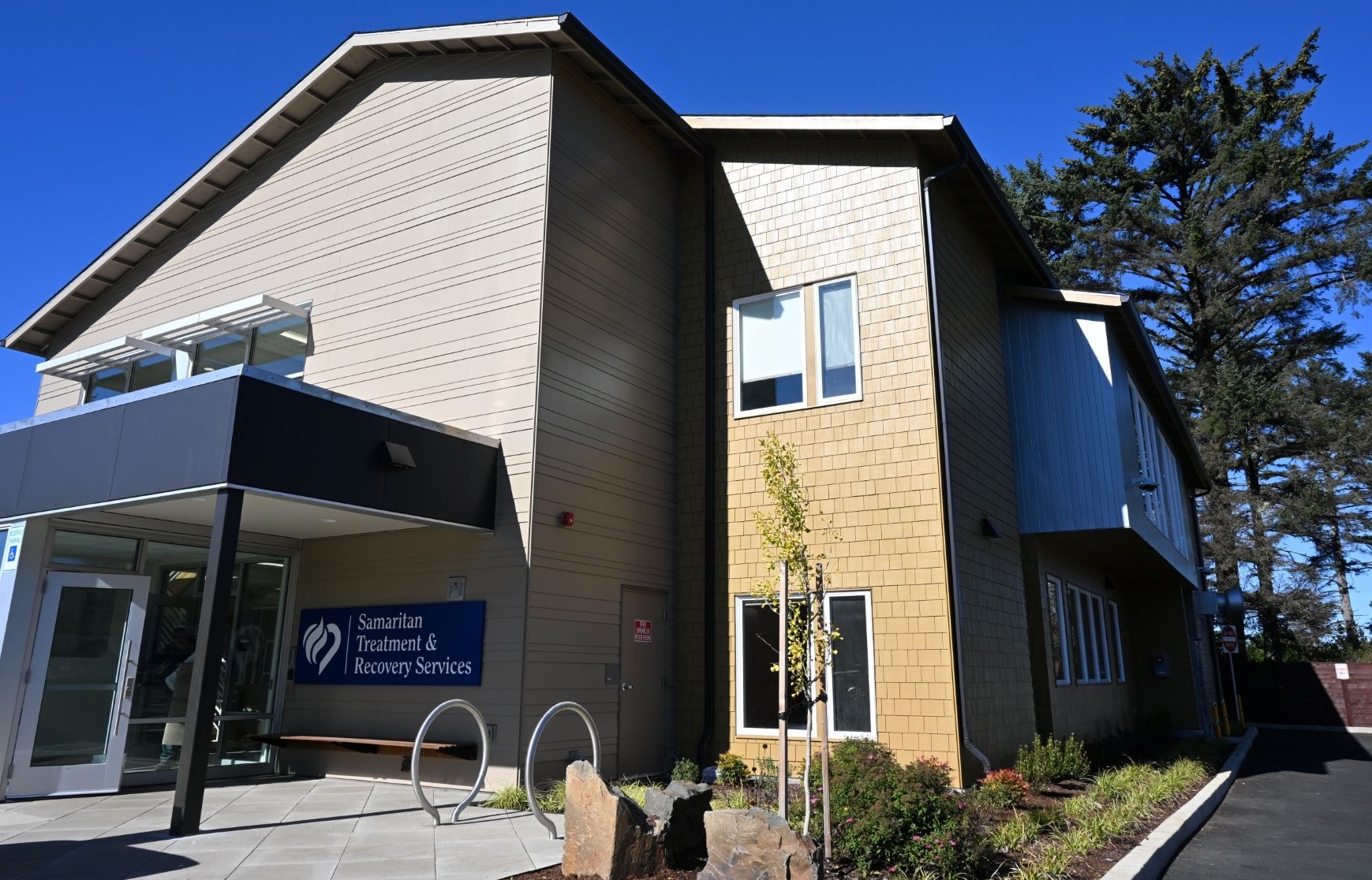
By SHAYLA ESCUDERO/Lincoln Chronicle
NEWPORT – For Lincoln County residents seeking a bed for addiction treatment and recovery, the closest facility is 68 miles away in Lebanon. With an often full waiting list there, however, many patients travel as far as Hermiston or to Washington state.
A 16-bed facility opening this week in Newport hopes to change that.
Inside Samaritan Treatment and Recovery Services, light floods in from large windows. Murals depict peaceful scenes of sandy beaches and forest landscapes. Chairs encircle a room ready to be used for group therapy and a courtyard with umbrellas and chairs is half shaded from the midday sun.
In the week before its opening, the 16 beds are still wrapped in protective sheets of plastic.
The $12.5 million project converted a former adult foster care home on Biggs Street in north Newport into an 8,300-square-foot facility for inpatient and outpatient services. The facility is the second of its kind built by Samaritan Health Services, which also has a treatment center in Lebanon.
“The construction was 100 percent funded by donations and that shows that so many people in a community agree that this is needed,” said Dr. Lesley Ogden, chief executive officer of Samaritan’s two hospitals in Lincoln County.
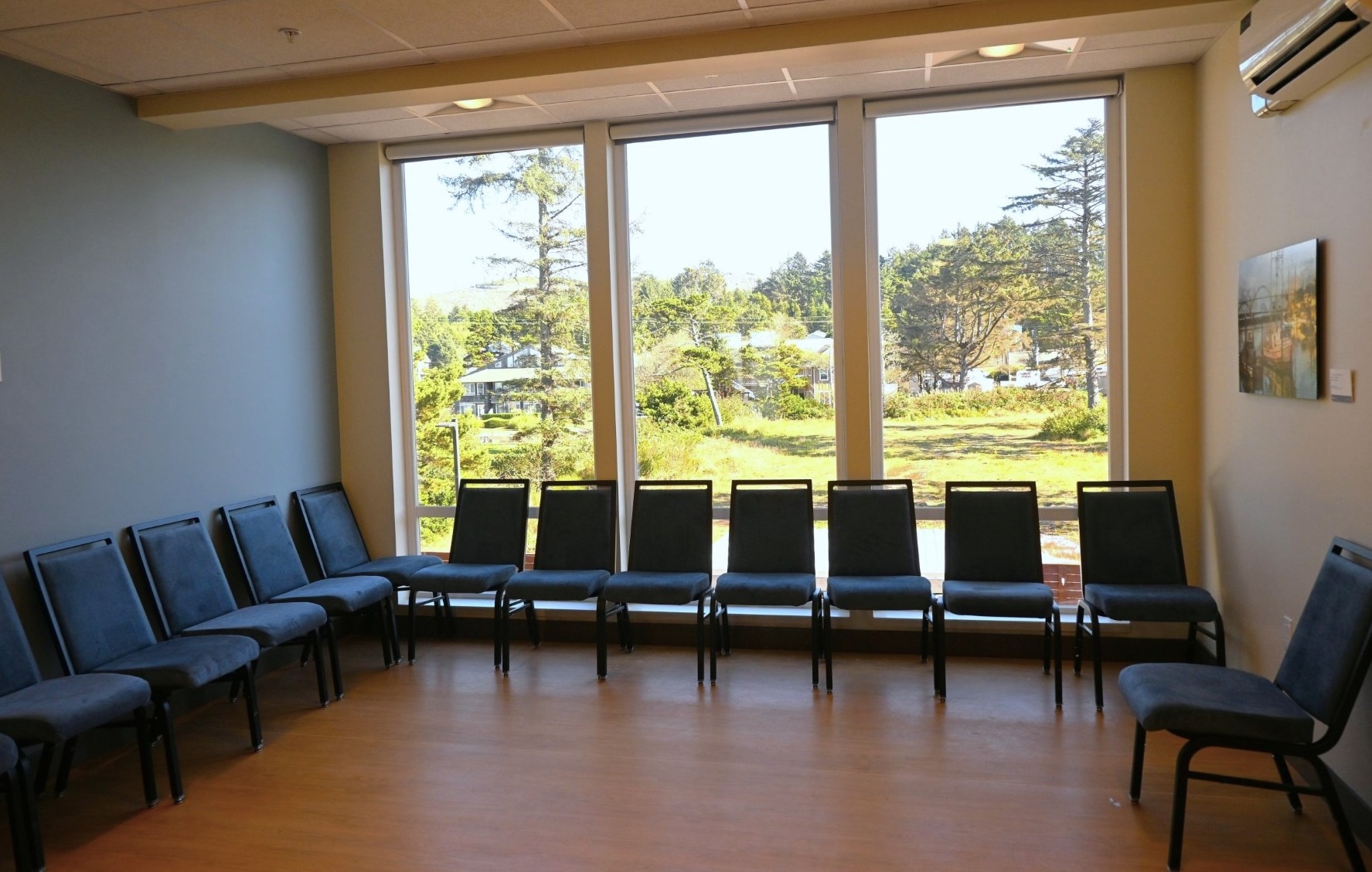
The treatment
The building is split into two distinct sections – inpatient and outpatient care. People not staying as residents may come for group therapy, peer support and other similar services that residents may receive but use separate areas of the building.
On the inpatient treatment side, desks and computers sit at the entrance like a nurse’s station at the hospital. Rooms hold 1-2 beds, a desk and a window facing the neighborhood or the courtyard.
Work by local artists has been carefully selected, most depicting coastal scenes and large images of beaches and forest that take up whole walls. The lighting, art and flow of space are meant to evoke peace and play a role in recovery, said Ben Roe, Samaritan’s director of mental health services.
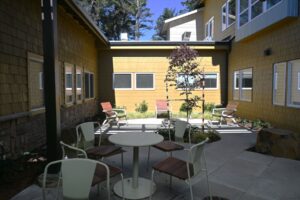
An average day for a resident follows a routine – usually the day is filled with therapy sessions, which may include group and individual therapy while the evening is used for reflection and “homework,” Roe said.
The facility will have about 20 staff including a clinical supervisor, drug counselors, peer support specialists, a nurse and care coordinators who connect patients with wrap-around services. To be admitted, residents can get a referral from a doctor or may inquire themselves, but they do have to meet certain medical criteria.
Treatment plans usually span 90 days but can vary, Roe said.
When Samaritan opened its Lebanon treatment center, it was apparent that the need was greater than what 16 beds there could provide.
Oregon has the second highest addiction rate in the nation and ranks last for access to treatment, according to 2020 data. That means people are often waiting for the next available spot anywhere in the state – and in some instances out of state. Roe said many people coming to the Lebanon treatment center are Lincoln County residents.
“The need continues to grow, and we know when we open this facility there will still be more people in need than we can serve,” Roe said.
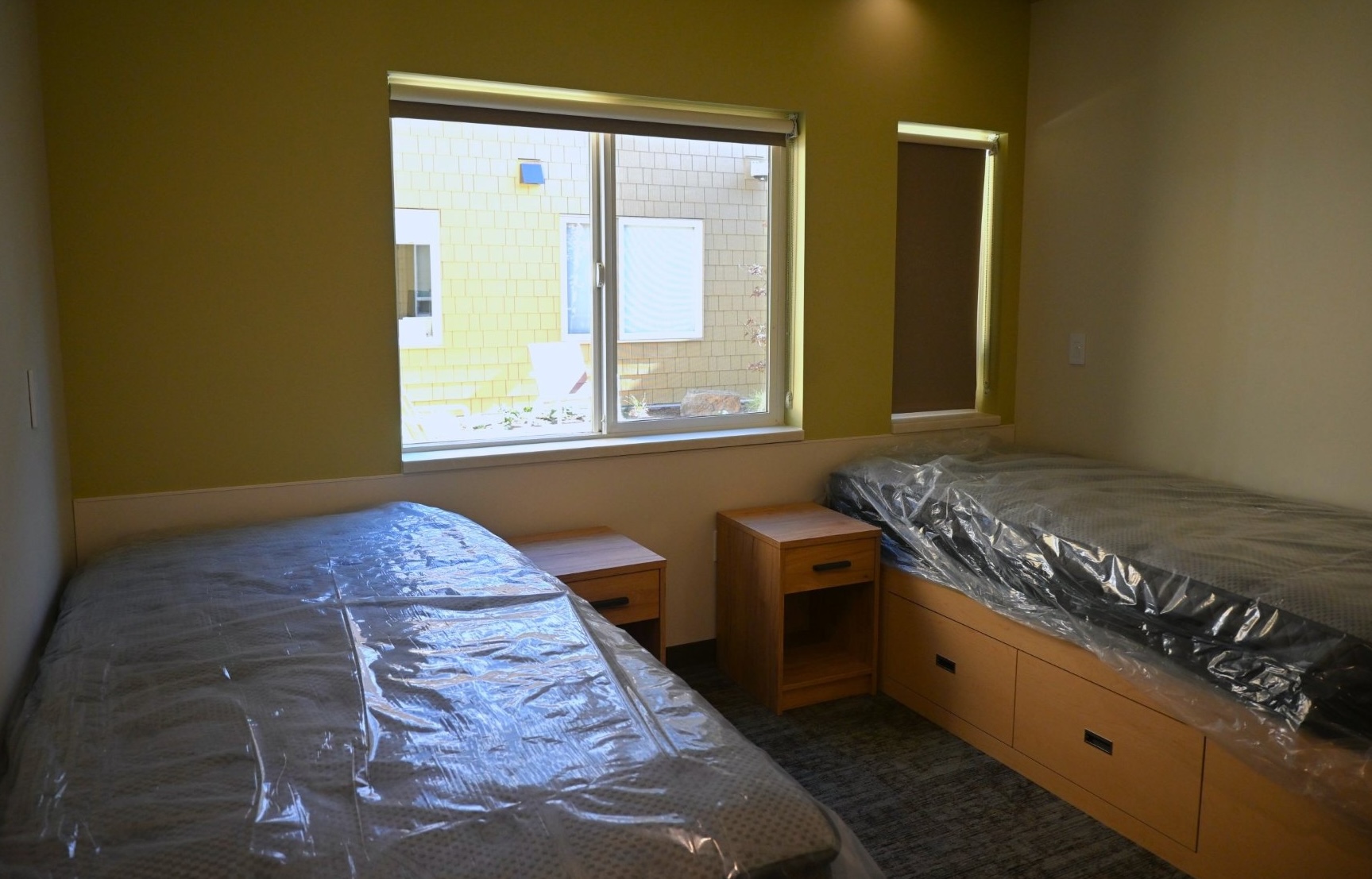
The need
Ten years ago, bringing an inpatient substance use disorder treatment facility to Lincoln County was merely an idea. It was easy to see a need, Ogden said, but the group of interested parties didn’t agree on everything and it was difficult to move forward when some advocates wanted to make sure the facility also provided detox services.
That niche was filled in 2018 when Power House Detox opened between Otis and Rose Lodge, she said. This kickstarted discussions again about building an inpatient facility. Two years later, Samaritan Treatment & Recovery Services opened in Lebanon.
Meanwhile, healthcare providers saw fentanyl affect more young people and increase deaths and hospitalizations – adding another layer of urgency.
“We really needed to up our efforts for people in the tri-county region,” Ogden said.
The options for Lincoln County residents were limited to outpatient care or seeking inpatient services in other parts of the state or even out of state if they could afford it, Ogden said.
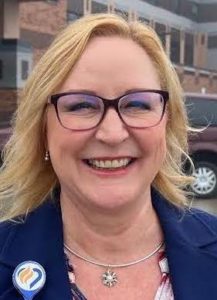
“Beds are so hard to come by, we are the least resourced state for treatment with the worst problems,” Odgen said.
To bring a facility into the community, Ogden connected with neighbors early in the process. There were a lot of misconceptions, she said. People were concerned they would find needles in their yards, for example.
The facility is sober living, and residents have to follow very strict rules, she said. Some people have expressed concerns about the facility being a part of the neighborhood rather than being a commercial area, Ogden said. But that’s part of the design.
“In a residential facility you want people to feel at home and comfortable, it helps them want to invest in their future,” she said.
Initial estimates of remodeling and construction of the facility came to $7 million, but growing construction, labor and supply costs topped $12 million. The construction was funded by community support including the Pacific Communities Health District which bought the building, Lincoln County, the Siletz Tribal Charitable Contribution Fund and the cities of Newport, Lincoln City, Toledo and Waldport.

Samaritan also received $2.95 million from the Oregon Health Authority and $1.3 million from the Oregon Legislature to help design, build and equip the facility, Ogden said, through the efforts of Sen. Dick Anderson, R-Lincoln City and Rep. David Gomberg, D-Otis.
Now, the facility’s main hurdle is a regulatory one.
Initially, plans called for opening inpatient services first and slowly expanding to outpatient services. But the facility doesn’t exist yet for insurers, Ogden said, and Samaritan can’t apply for authorization until it is serving patients. It’s a catch-22 because you never want to provide services without authorization, she said.
So, in the first 90 days, the facility will be open to outpatient services, which doesn’t need an authorization. Inpatient services will have to be determined on an individual basis depending on the patient’s insurance. The facility’s services will be authorized after 90 days, but Ogden feels a sense of urgency.
“We are going to try our darnedest in that 90 days, Ogden said, “I’m very proud of our county and what we all came together to do.”
A celebration and ribbon cutting is scheduled from 3:30-5:30 p.m. Monday at 5840 N.W. Biggs St., Newport.
- Shayla Escudero covers Lincoln County government, Newport, education, housing and social services for Lincoln Chronicle and can be reached at Shayla@LincolnChronicle.org




















